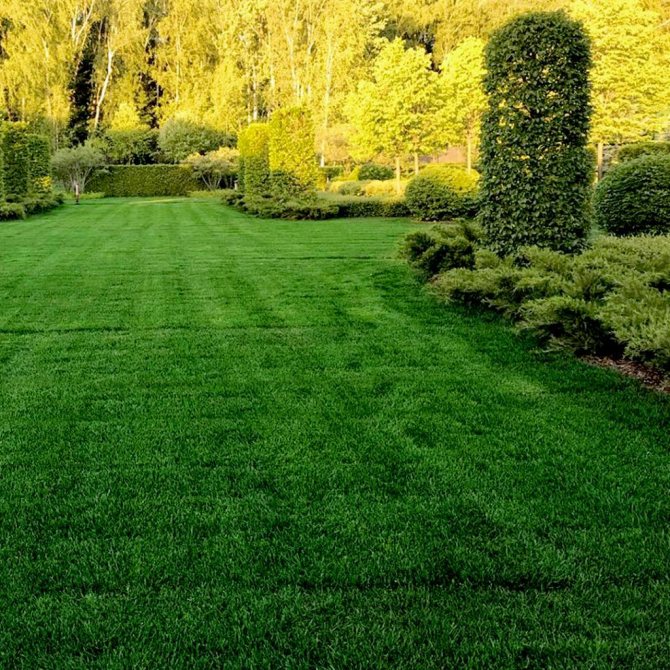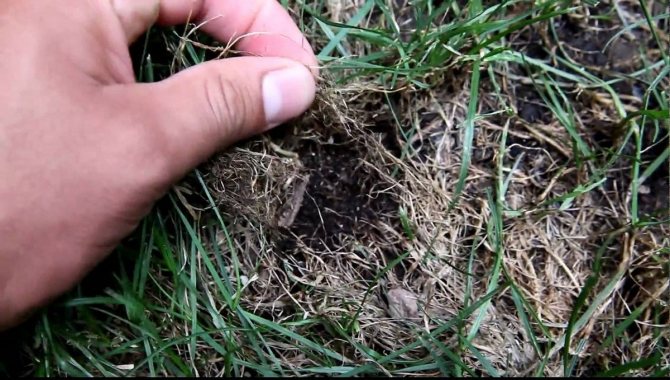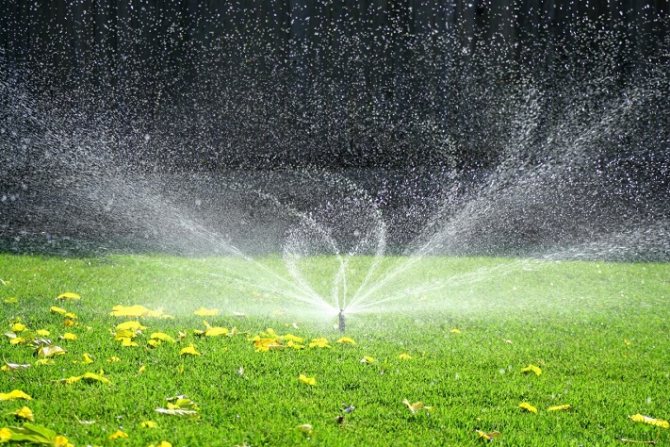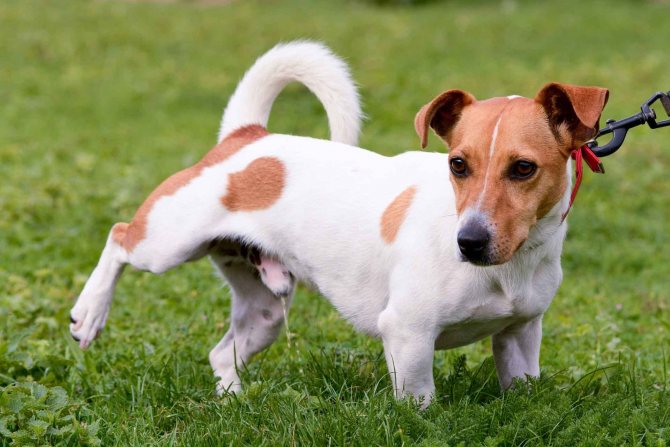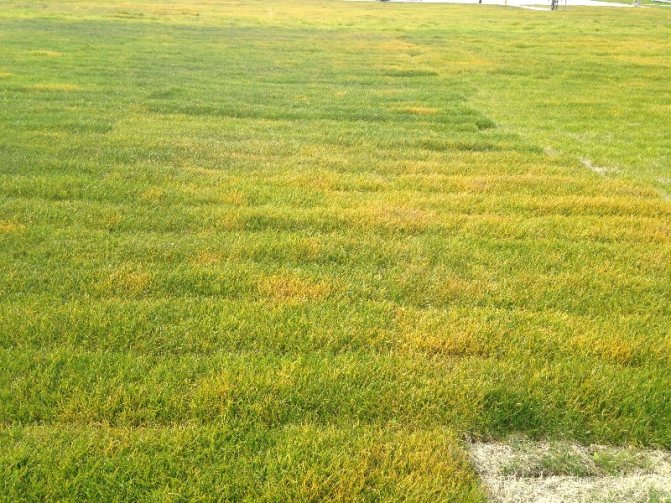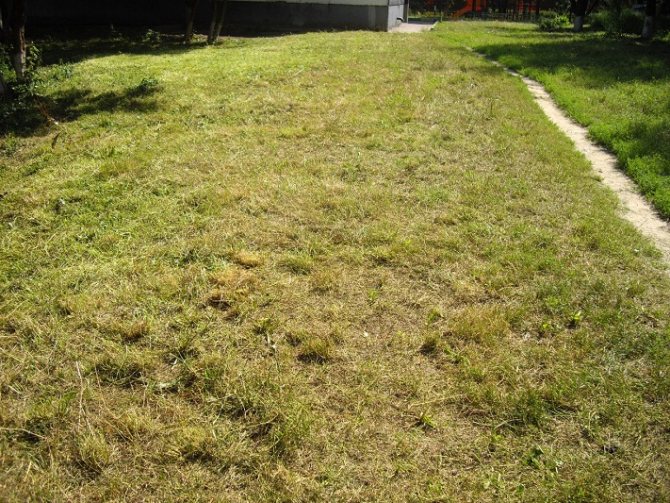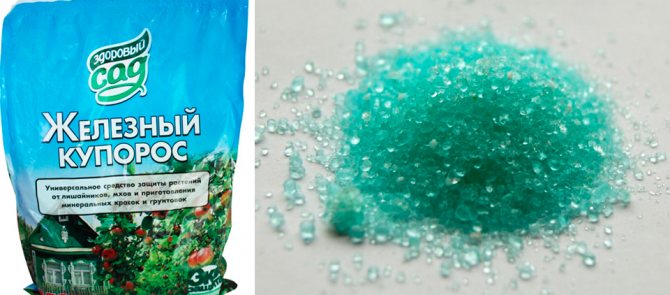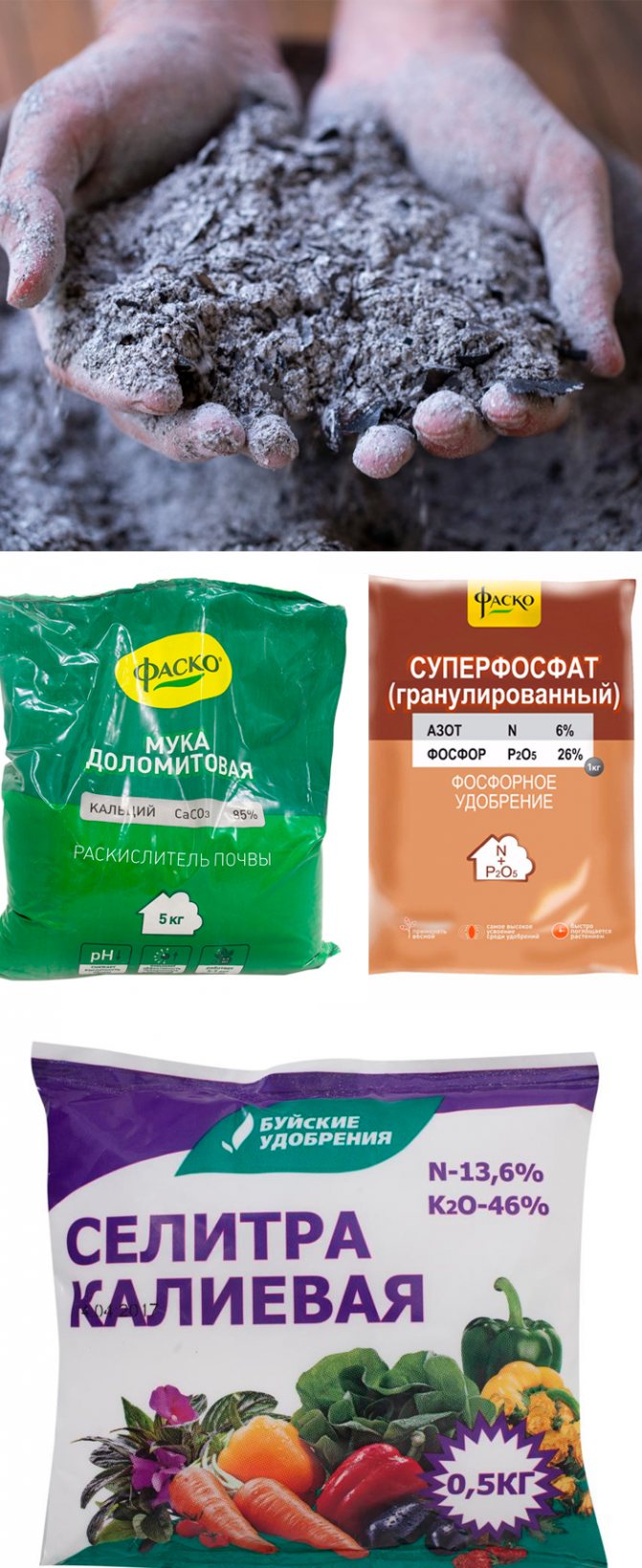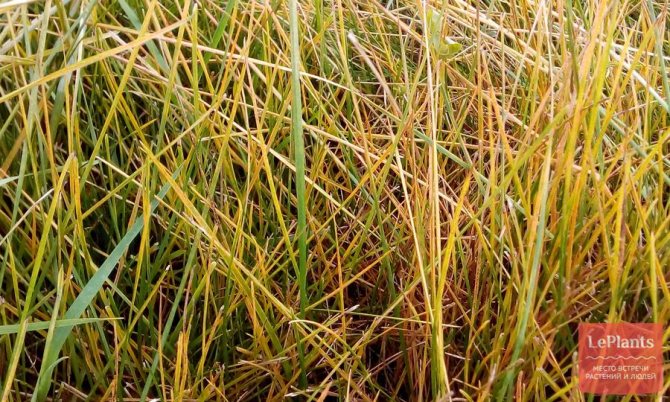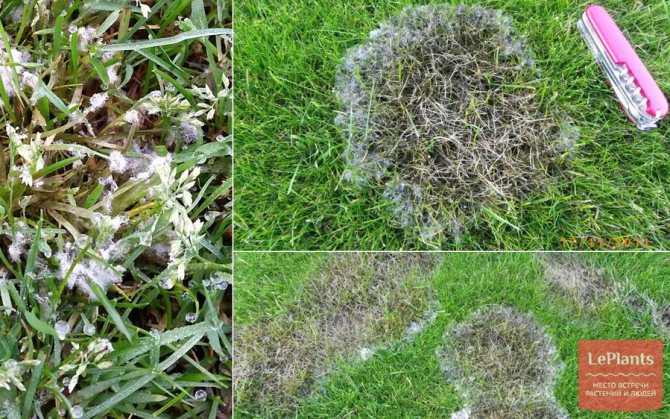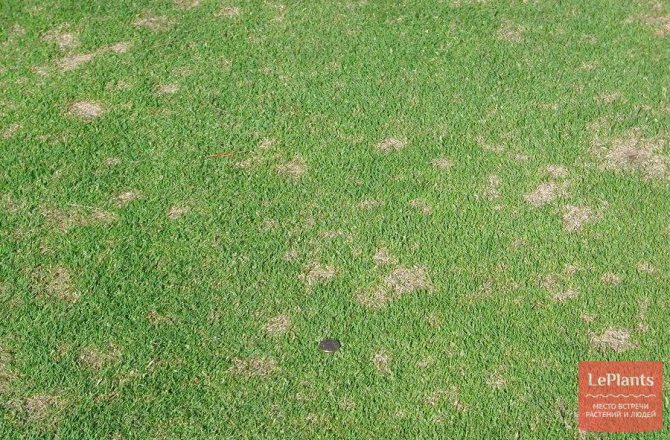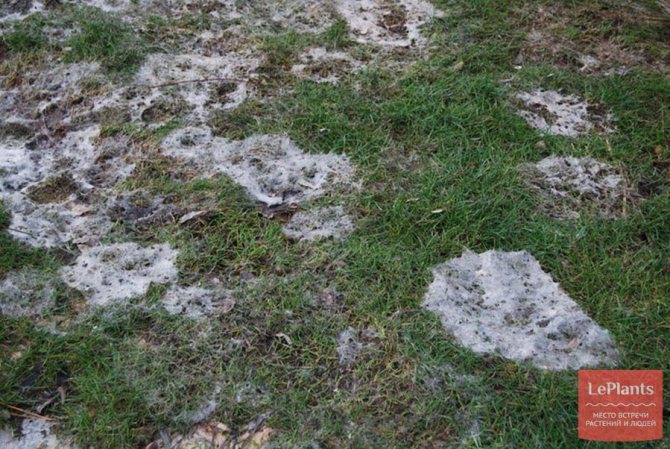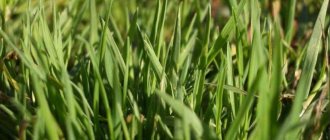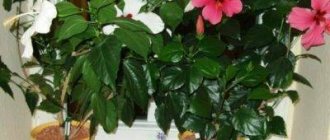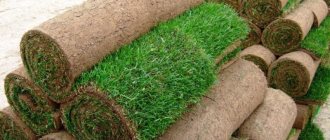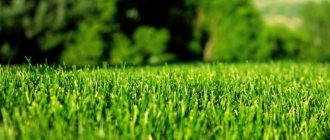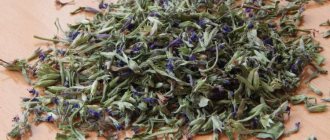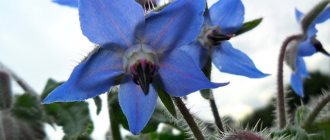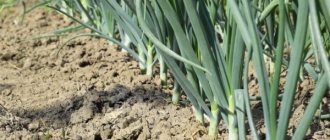A lawn that turns yellow at the height of summer is the scourge of many beginners and even experienced site owners. A week ago, the lawn delighted the owner with dense, pleasant greenery. And today spots of yellowness appear, which are rapidly growing.
If you do not take the appropriate measures, these spots will soon turn into real bald spots. The result can be the death of the entire lawn. Unfortunately, it is impossible to unequivocally answer the question of why the lawn turns yellow after mowing. But you can list a few of the most likely reasons. By eliminating them one by one, the lawn owner may well solve the problem and do everything so that it does not arise again.
Reason one: lack of moisture
Insufficient watering is the most common cause of premature grass wilting. It never occurs to many gardeners that the lawn needs additional watering. There is never enough rainfall for the grass, and not only the summer sun, but even the spring sun can dry it out.
Only on the soft spot: Russian Domostroy forbade children to be punished otherwise
The newlyweds traveled all over the world and took a wedding photo in every country
Sometimes we wear a bra the wrong way: ways that are harmful to health
The solution to this problem is very simple. Lawn grass should be taken care of in the same way as other plants. Watering should be done once every 3-5 days, of course, you need to be guided by the weather. You also need to check the soil for moisture. To do this, you just need to stick a small stick into the ground and then see if it is wet or dry. This is done in order not to water the lawn when it is not necessary.
Spilled chemicals
When a spot of dried grass forms on a wonderful well-groomed lawn of a beautiful green color, it means that you made a solution of chemicals at this place for processing or feeding the plants. Spilled concentrated inorganic substances guarantee quick burning of plants, which will be very problematic to recover.
Set aside a place in your garden for mixing different solutions. If you inadvertently spill chemicals, carefully and abundantly spill the area with water to rinse them off. If the grass is completely spoiled, remove it and sow seeds to fill the bald spot.
To create a bright, luscious and well-groomed lawn, follow all the care steps carefully. If you can figure out the reason for your greenery drying, take the correct measures to restore it.
Reason two: rare mowing of grass
A beautiful lawn does not appear on its own. The lawn needs to be looked after in much the same way as rose bushes or flowerpots with anemones. It is especially important to cut the grass in time. Many gardeners believe that if the lawn is not mowed regularly, it will promote root development and make the lawn denser and more natural looking.
However, the higher it gets, the more its color fades. If you skip pruning days, the grass starts to turn yellow. But besides this, moisture stagnates in the ground, covered with tall grass. Of course, the lawn will not turn into a swamp, but the roots will start to rot.This will certainly entail the appearance of a specific smell and make the lawn not a particularly suitable place for picnics.

You can cope with such a problem if you do not forget to cut the grass regularly. As a rule, this should be done every 4-5 days. The optimum height of grass blades on a decorative lawn is 3-5 centimeters.
Smooth underarms without shaving: hair removal methods with conventional products
25 children of a childless man: an extraordinary reunion
The star of the series "The Sultan of My Heart" spoke about the choice of his future wife
Prevention measures
When working in the garden, you need to be more careful with the plants. If you notice that the planted lawn grass has crumpled - water it. Together with water, from time to time, it is worth bringing into the ground and fertilizing for prevention. The technology of work is as follows: nutrients are scattered over the lawn, and then watering is carried out.


If you follow the recommendations, your lawn will remain beautiful for a long time
Experts name three main areas of prevention:
- Aeration (it allows you to give air to the grass roots using special tools that pierce the soil).
- Scarification (regular cleaning of the lawn; it is carried out with the help of a special rake, which also produces an accompanying cut of the sod).
- Mulching (helps to retain moisture).
There are over 10,000 herbaceous plant species in the world. This figure is impressive, but it is only a small fraction of all plant species on Earth. It is estimated that there are over 1 million plant species and only about 350,000 of them have names.
Reason three: the formation of a traffic jam
Often the grass on the lawn begins to turn yellow prematurely due to the formation of a "felt plug". What it is? These are the remains of grass mown on the lawn. If they are not removed immediately after mowing, they will form a dense layer on the soil surface, which is called “felt plug”. It prevents the access of oxygen to the grass roots, and also reduces the efficiency of spraying mineral fertilizers. In addition, a layer of cut grass residues inhibits evaporation, which causes root rot. Of course, the lawn starts to fade.
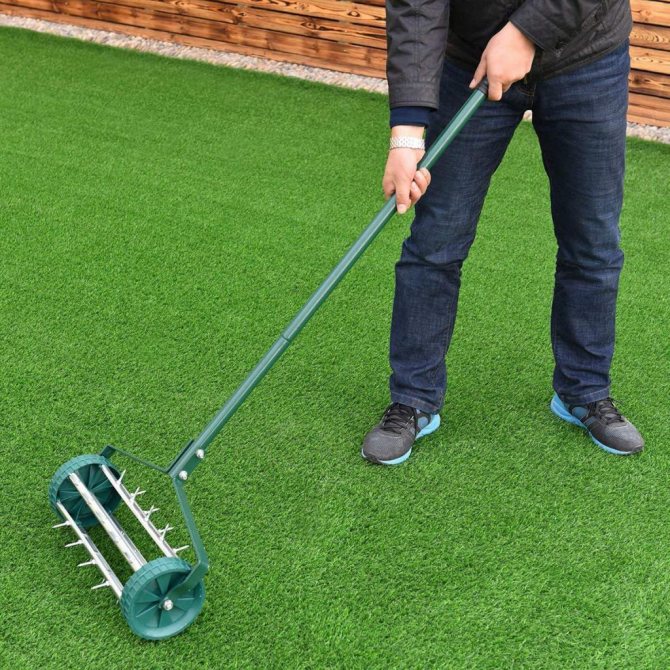

To cope with this problem is quite simple, you should carefully work the lawn with a rake after each mowing of the grass in order to prevent the formation of a "felt plug".
Freezing of vegetation during the cold period
Young lawn grass is most at risk of exposure to temperature extremes. In order to prevent it in early spring, it is necessary to break the ice cover, which prevents air intake, and also to level the snow layer. If the lawn has already been damaged after the snow melts, scoop up the debris from the area and carefully loosen the soil. You can use a special device - a scarifier. It can be both mechanical and electrical. The device will help to remove old plant residues as quickly as possible and saturate the soil with air.
Reason four: powdery mildew damage
The grass on a decorative lawn is exactly the same plant as any other. Therefore, the lawn can wither due to damage from various pests or infections, for example, powdery mildew. It is this disease that most often harms decorative lawns.
It is very easy to understand that the loss of a presentable appearance of the lawn is associated with this disease. The infected grass becomes covered with a white bloom that does not disappear after watering. Some time after the appearance of whiteness, the plants die.
"Olga" from the series of the same name: the tragic fate of the actress Yana Troyanova
From athletes to Hollywood stars: Naomi Campbell's men
When toothpaste is harmful to children: acceptable age doses


You can cope with this problem with a fungicide or 1% Bordeaux liquid. In addition, all means with nitrogen should be excluded from the fertilizers or fertilizers used, since it is its excess that often causes the appearance of powdery mildew.
Human factor of influence
Do you like to spend your free time on the grass? Organization of picnics, active games and sports, bedspreads, chairs, sun beds are another threat to the decorative lawn. With this use of the area, you will soon notice trampled areas and yellowed stems. It is better to set aside a separate place for such a pastime, or plant the area with grass resistant to such effects, for example, the one that is planted on football fields or tennis courts - ryegrass.
To restore the vegetation cover, it is necessary to water the grass abundantly and exclude walking on it. If this is not possible due to the complete disappearance of vegetation, you will have to plant the site again.
Reason five: oxygen deficiency
Another problem that often leads to wilting of lawn grass is insufficient aeration or oxygen deficiency. This happens when the roots of plants are woven too tightly, literally form one continuous carpet inside the top layer of the soil. If this happens, then the root system is unable to capture all the elements necessary for the plant from the ground. Also, the roots "stop breathing", that is, they experience a lack of oxygen. And this, of course, leads to withering and death.
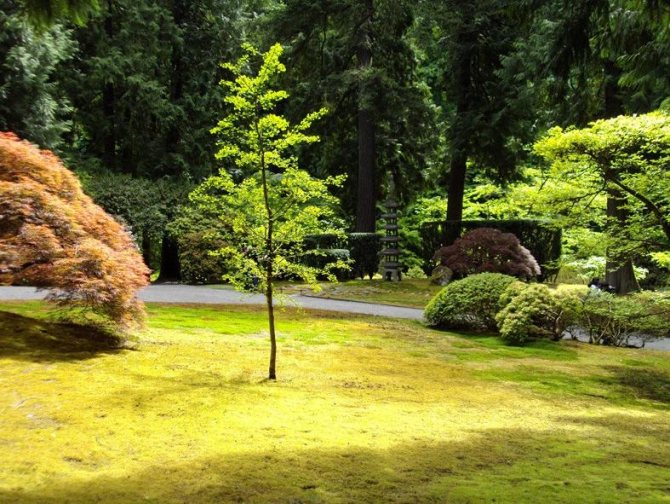

A similar problem is typical for indoor plants planted in small bowls. Cope with it by loosening. But after all, the lawn cannot be loosened, what can be done? You just need to regularly make punctures, the frequency of which directly depends on the degree of density of the root plexus.
Broken nail doesn't matter: tips on how to handle your nails at home
Paralympian Talay without arms and legs: "the harder the fight, the more significant the victory"
Seven daily habits of happy people
Poor soil aeration
Due to the densely woven rhizomes, air ceases to enter the soil, the vegetation experiences oxygen starvation and may die from the absence of all the elements necessary for nutrition. Puncture the ground regularly to maintain airflow and prevent the greenery from killing.
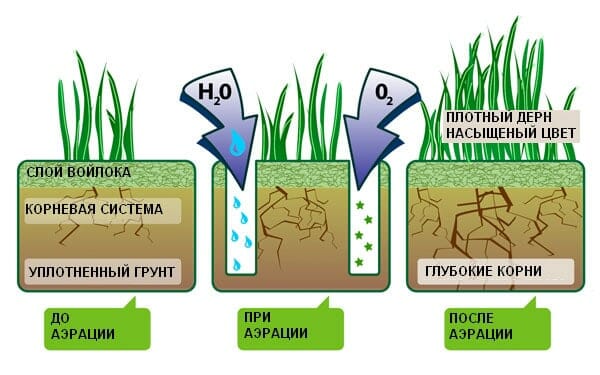

Poor soil aeration
Use a conventional pitchfork to pierce. Make indentations along the entire length of the teeth, loosening the nozzle inside to increase the size of the hole. Pay special attention to the areas with the greatest water accumulation or where bald spots have started to appear. Such measures should be taken once a year. But in difficult cases, you can do it 2-3 times.
Reason six: lack of nutrients
The composition of the soil at a summer cottage is far from always ideal for lawn grass. Moreover, gardeners do not forget to apply fertilizers when caring for flowers, fruit bushes or trees, but they usually do not remember about a decorative lawn.
If the grass on the lawn has turned yellow and wilted due to poor soil, this can be corrected by applying fertilizers. The most rapidly acting products are those containing nitrogen, such as ammonium nitrate. It should be introduced in a diluted form, at the rate of 5-10 g per 1 sq. m.


However, such fertilizers should not be abused. They are a kind of resuscitators, means that can breathe life into already withered plants, but cannot be their constant food. Excess nitrogen in the soil leads to powdery mildew and a number of other problems.
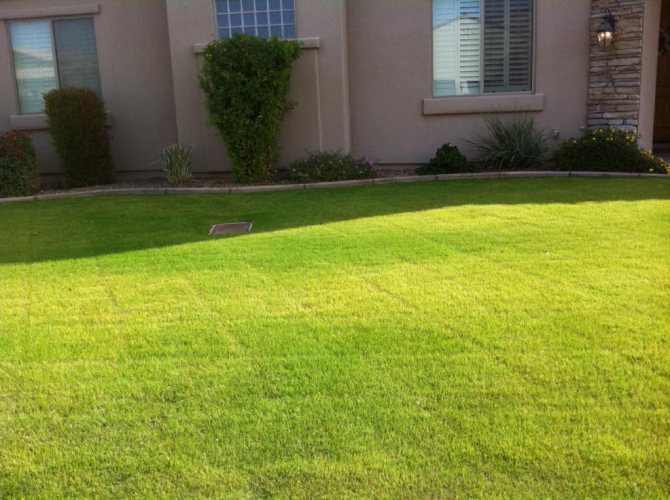

Of course, in addition to these reasons for the premature wilting of grass on an ornamental lawn, there are others. For example, the lawn can turn yellow and dry out due to the presence of bears, ants or even moles on the site.Pet activities can also damage a decorative lawn. If the dog buries its bone on it or simply begins to train in digging holes, the grass will lose not only its brightness, but all other aesthetic qualities too.
Found a violation? Complain about the content
Trouble from lawn pests
Earthworms
The lawn can suffer not only from diseases, but also from the attack of pests. The first place in the list of enemies of lawn grass is occupied by earthworms. The same invertebrates that drain the soil and are considered the gardener's best helpers can disfigure the lawn. Their waste products inhibit thin-leaved plants. Mucous discharge, together with lumps of earth, are trampled during a haircut, which turns into the appearance of blots-bald spots on the lawn. In addition, weed seeds are often found in excrement. To expel pests you need:
- immediately remove the cut grass;
- acidify the soil regularly (mulch with peat and apply fertilizers containing ammonium sulfate);
- after abundant watering or heavy rain, collect worms and take them to the garden.
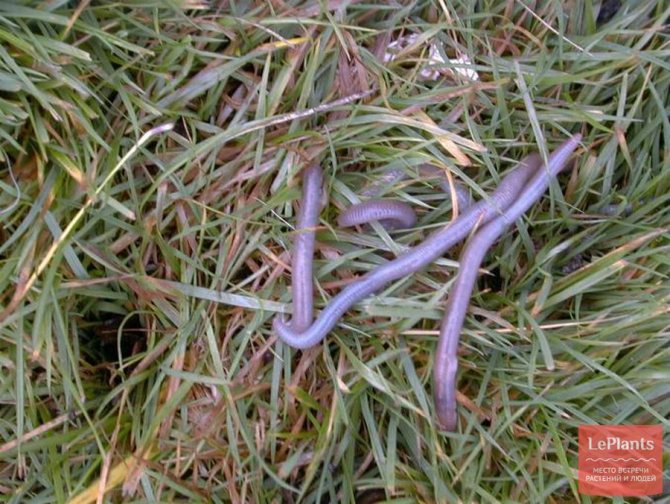

ON THE PICTURE: Worms do not like acidified soils, so mulching the lawn with peat is the best prevention against these pests.
Moles
It is also necessary to get rid of earthworms because moles love to feast on them. Attracted by easy prey, the animals quickly settle down in a new place. On "their" territory, they break through long underground corridors, throwing the earth out. As a result, mounds of soil rise here and there on the site. They must be removed immediately so that the soil does not press down on the vegetation. Bare areas should be turfed or re-sown.
To protect lawns from moles, use:
- traps;
- ultrasonic or homemade scarers;
- smoke bombs.
The use of pesticides is also possible. But only professional services can use them.
As a rule, people begin to think about how to protect the lawn from moles after the invasion of animals. If you take preventive measures, then you can save yourself from unnecessary hassle and costs. It is recommended to cover the entire area with a lawn mesh and cover it with earth even before arranging the lawn. An insurmountable barrier will force underground predators to retire in search of another place to live.
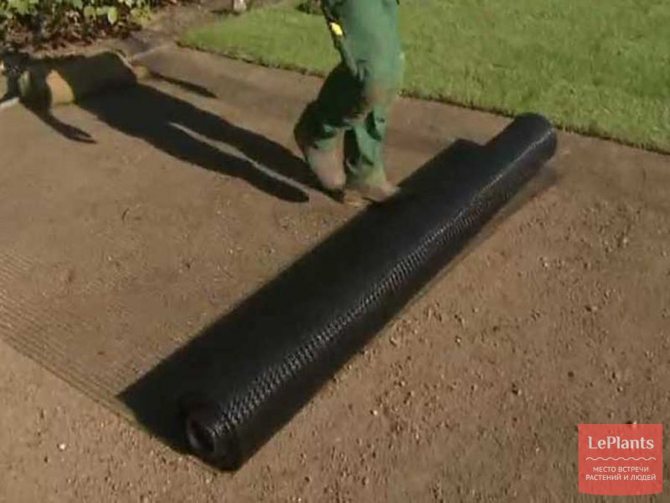

ON THE PICTURE: With such a lawn underlay, moles have no chance!
Lawn mesh from moles:
- resistant to aggressive environmental influences;
- does not rust;
- environmentally friendly;
- durable (service life - 30 years);
- protects the soil from erosion.
May beetle larvae
For areas with a newly planted lawn, the larvae of the May beetle pose a great danger. Delicate plant roots are not always able to withstand these pests. Gluttonous creatures become active in the spring-summer period, continuously destroying the roots of plants. The grass turns brown and is easily pulled out of the ground.
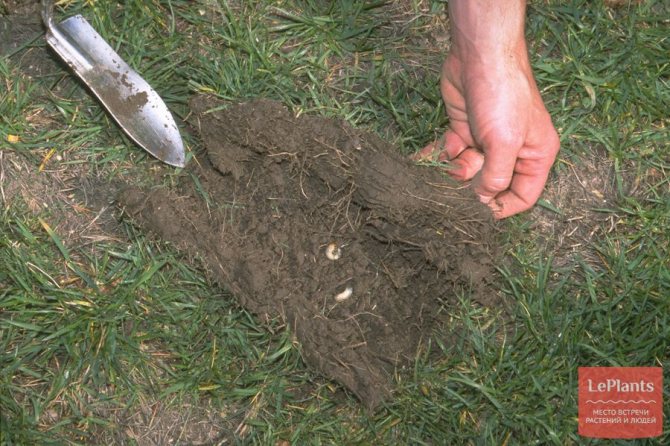

ON THE PICTURE: May beetle larvae are especially dangerous for young grass.
The main reasons for the appearance of larvae:
- excessive watering of the lawn (daily);
- unharvested mowed grass (larvae attract the smell of straw);
- poorly rooted cereals.
Insecticides are used to kill pests. Biological preparation "Nemabakt" gives excellent results. Its basis was a predatory nematode eating larvae. The same means are suitable for dealing with another enemy of the lawn - the larvae of long-legged mosquitoes.
Larvae of long-legged mosquitoes
Dark gray creatures begin to eat the roots and stems of lawn grass from the moment they appear. Their activity turns into a widespread formation of disgusting bald spots. Drainage and aeration of the site will help prevent the invasion of pests. In uncomfortable conditions for themselves, most of the larvae die.
Selecting a yellowing-resistant mixture
Many problems with yellowing of the lawn can be avoided even at the stage of its laying - when choosing a grass mixture. Many modern lawn mixtures are formulated for adverse conditions and are capable of concealing some of the flaws of care.
Since the main and most common cause of yellowing of the lawn is insufficient irrigation, it is better to immediately sow it with drought-resistant grasses. These include red fescue, reed fescue, ryegrass and meadow bluegrass. You can pay attention to the following ready-made mixtures:
| Name | Manufacturer | Structure |
| "Summer resident" | MosAgroGroup |
|
| "Blooming Life Drought-resistant lawn" | "Blooming Life" |
|
| "Canada Super Green" | "Seeds of Altai" |
|
Why the lawn turns yellow and what to do to restore it
The country lawn is a kind of visiting card of the owner of the garden plot. The perfectly green lawn is pleasing to the eye; it is pleasant for children to run on it and for an adult to walk barefoot. However, it happens that the lawn becomes a cause for grief: when the grass suddenly begins to lose its emerald color, it becomes covered with spots and rapidly thins. What should a gardener do to make the lawn stop turning yellow, why is this happening, what are the reasons for such a nuisance, how can the grass near the house become thick and green again?



